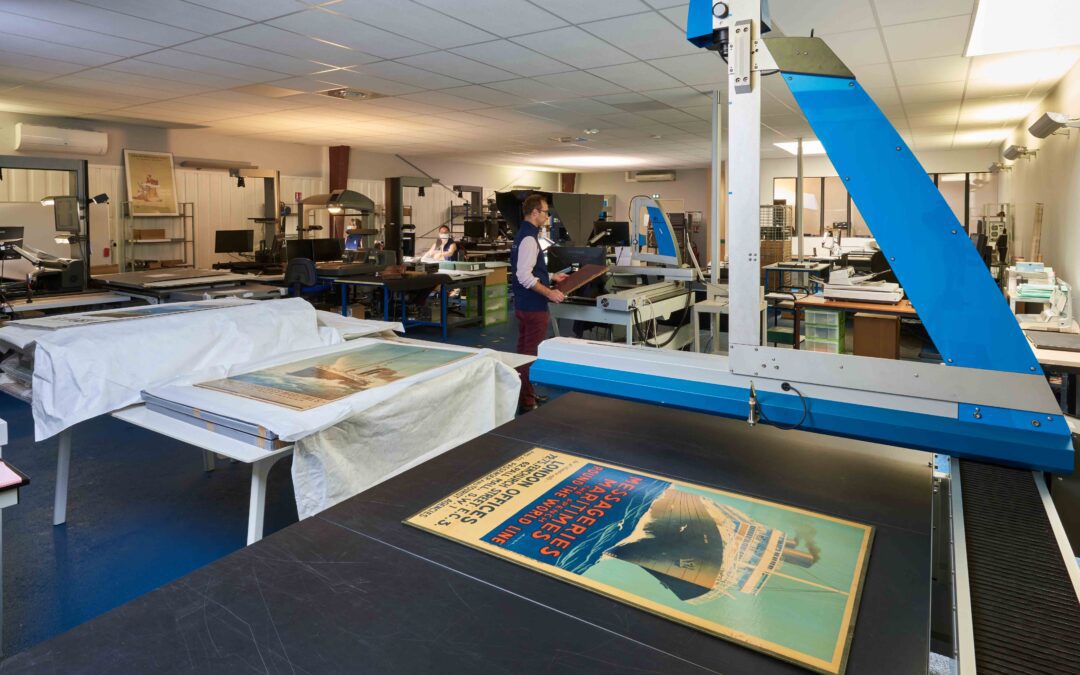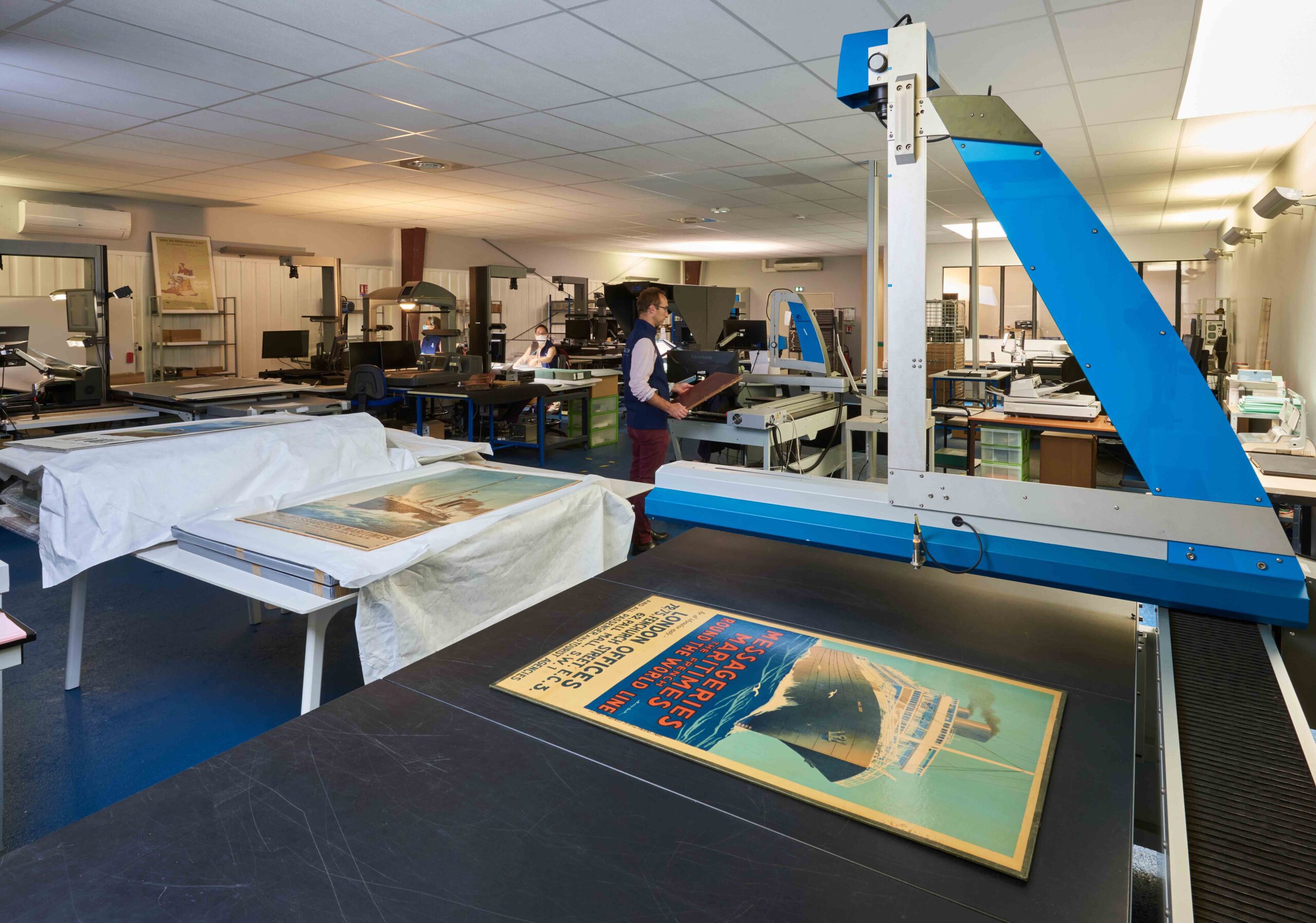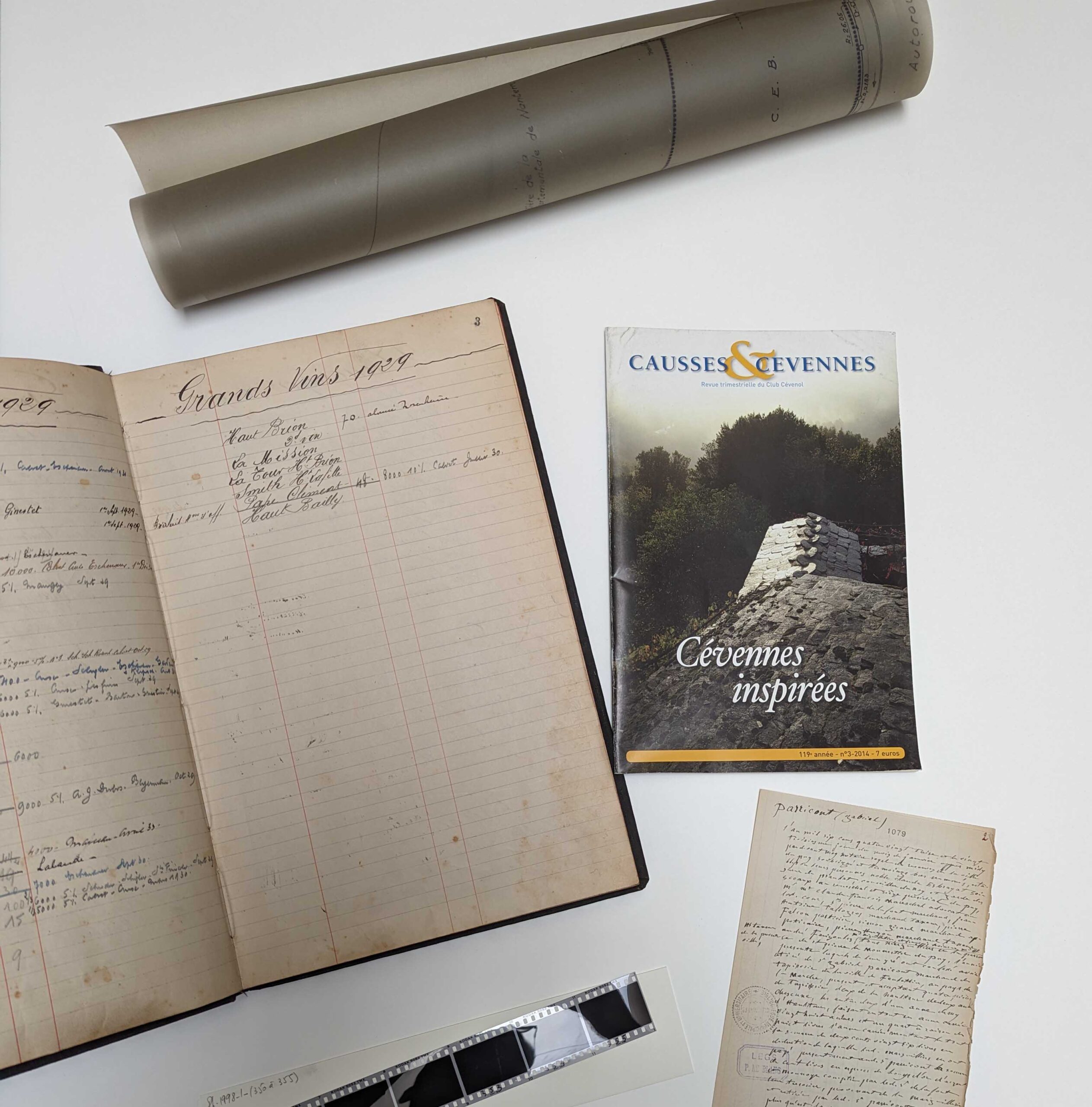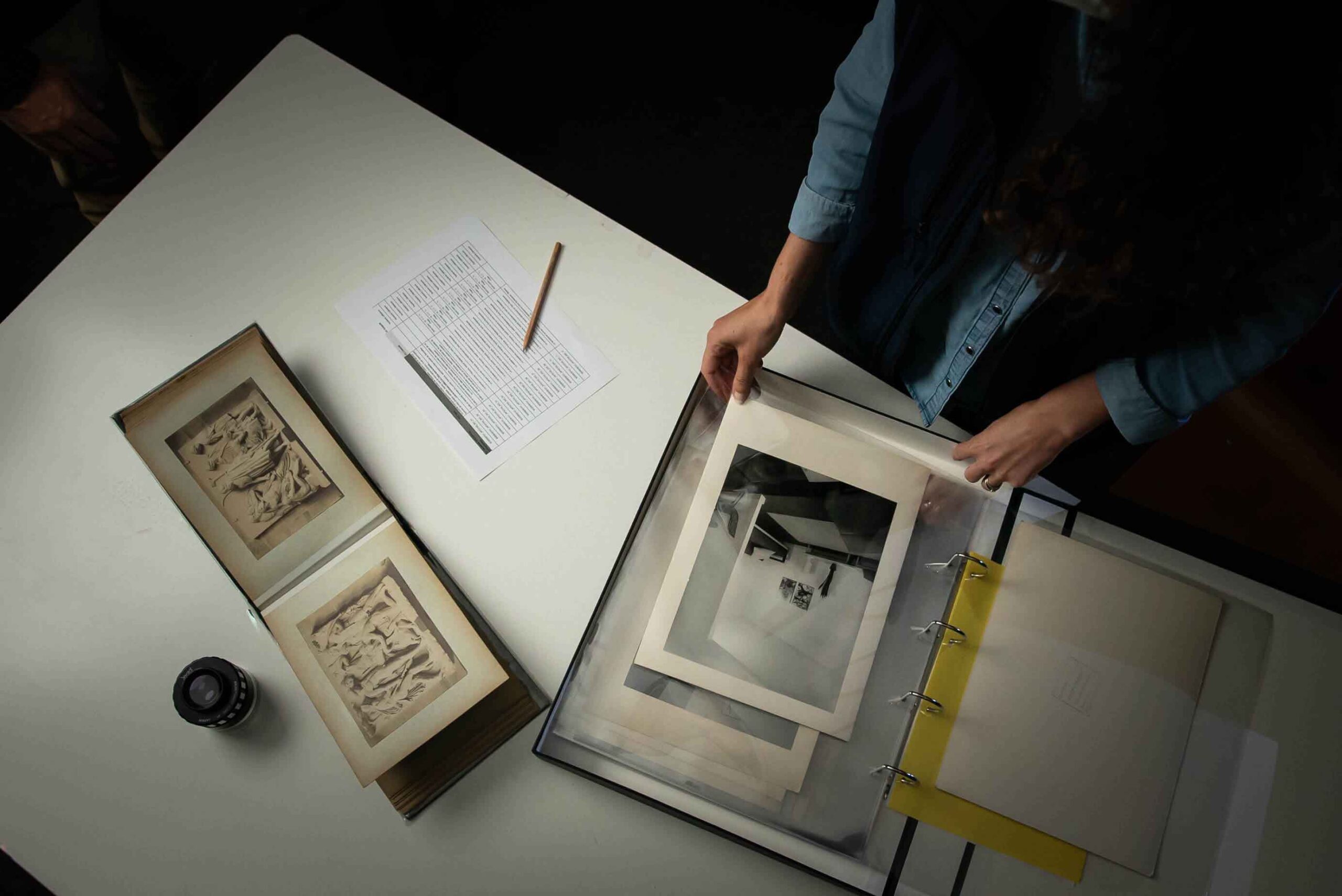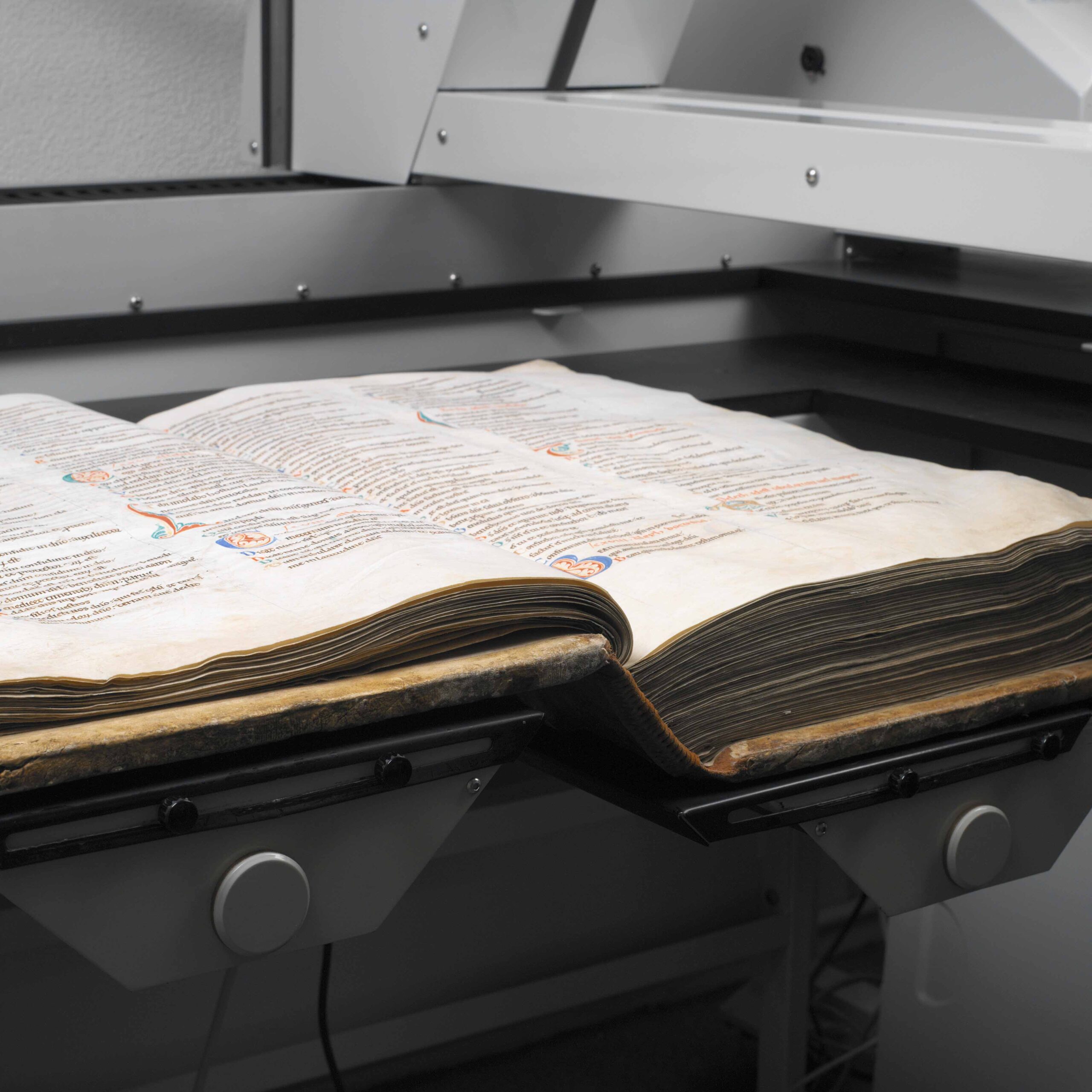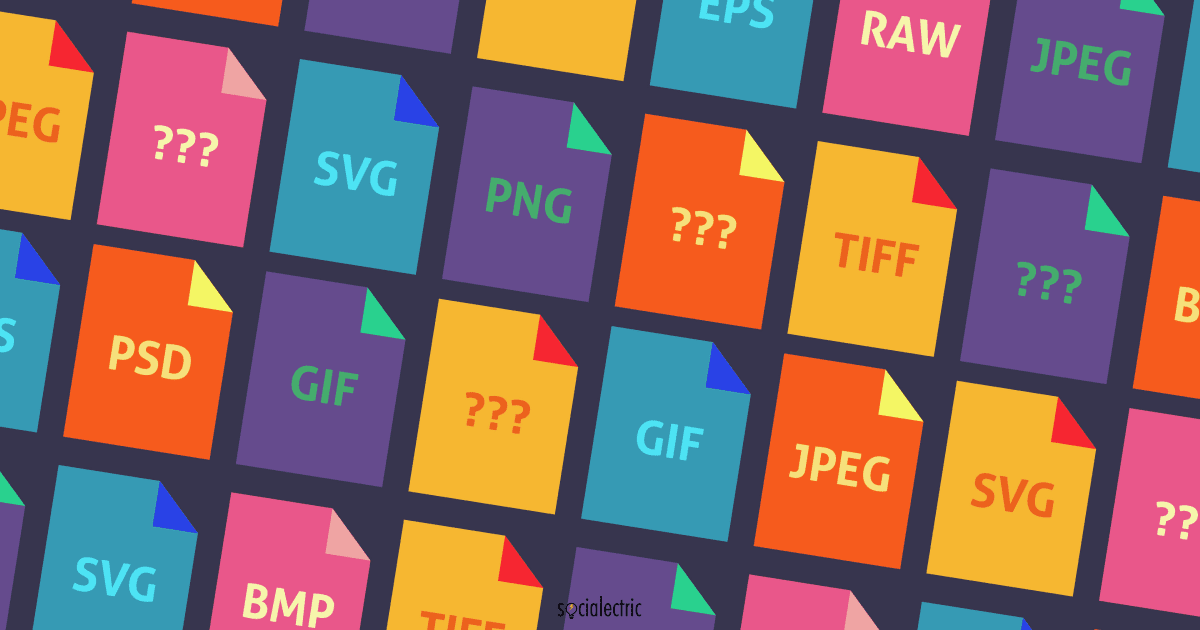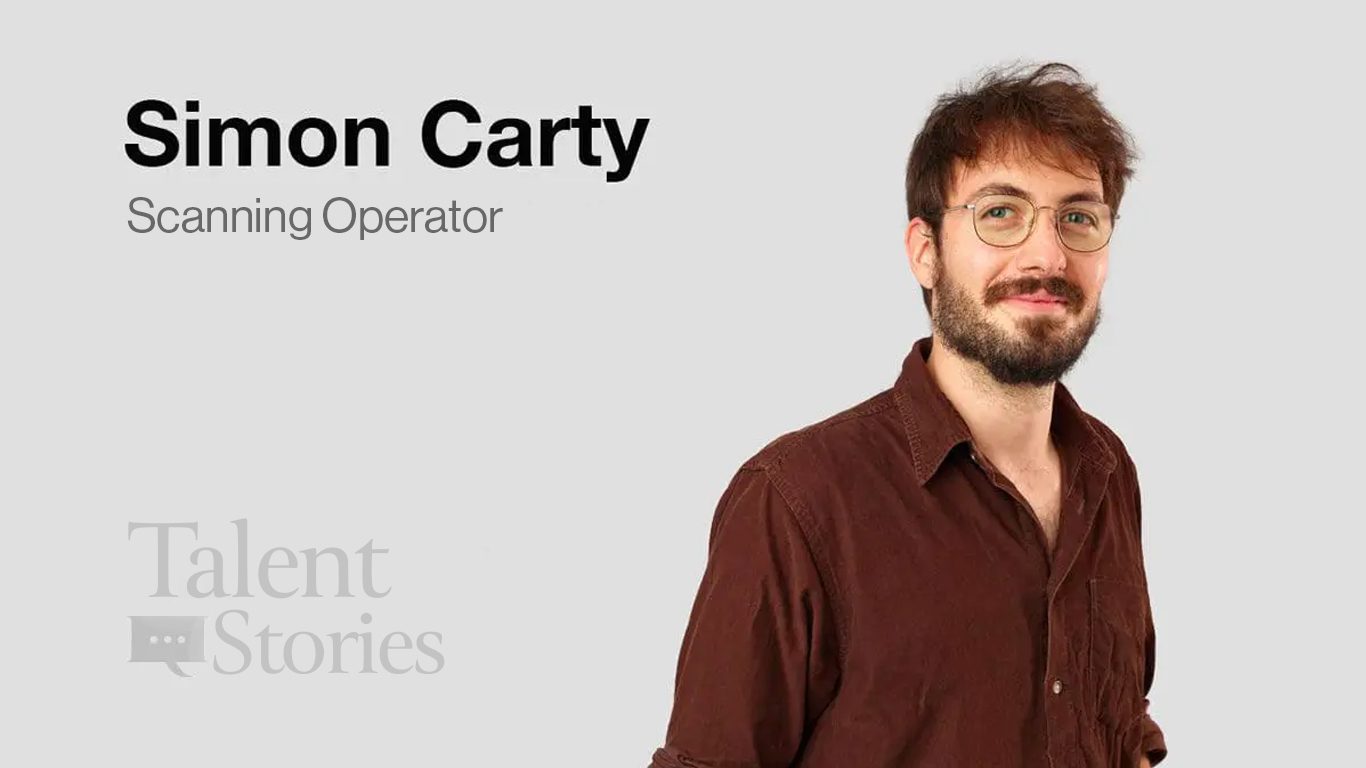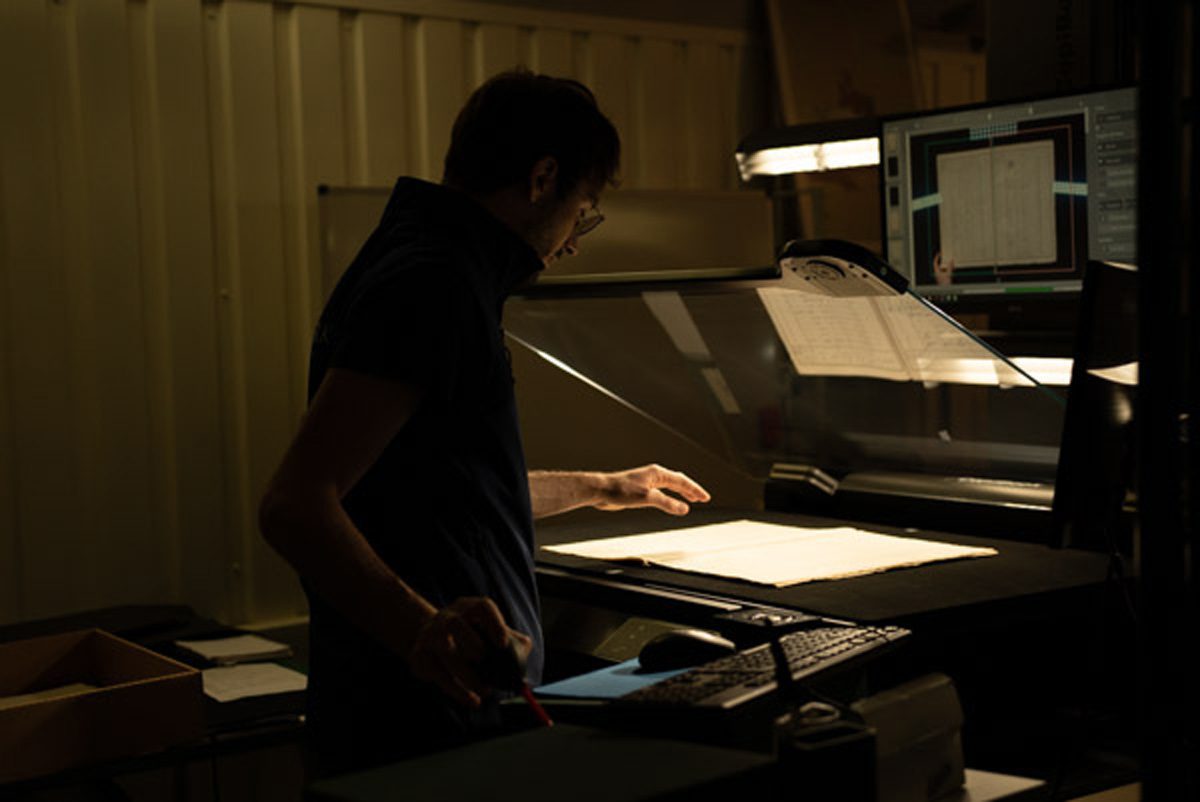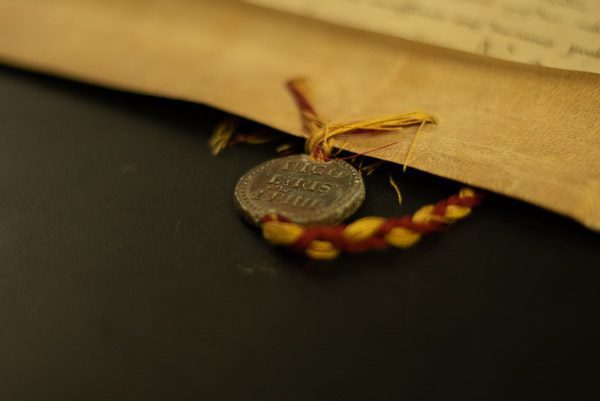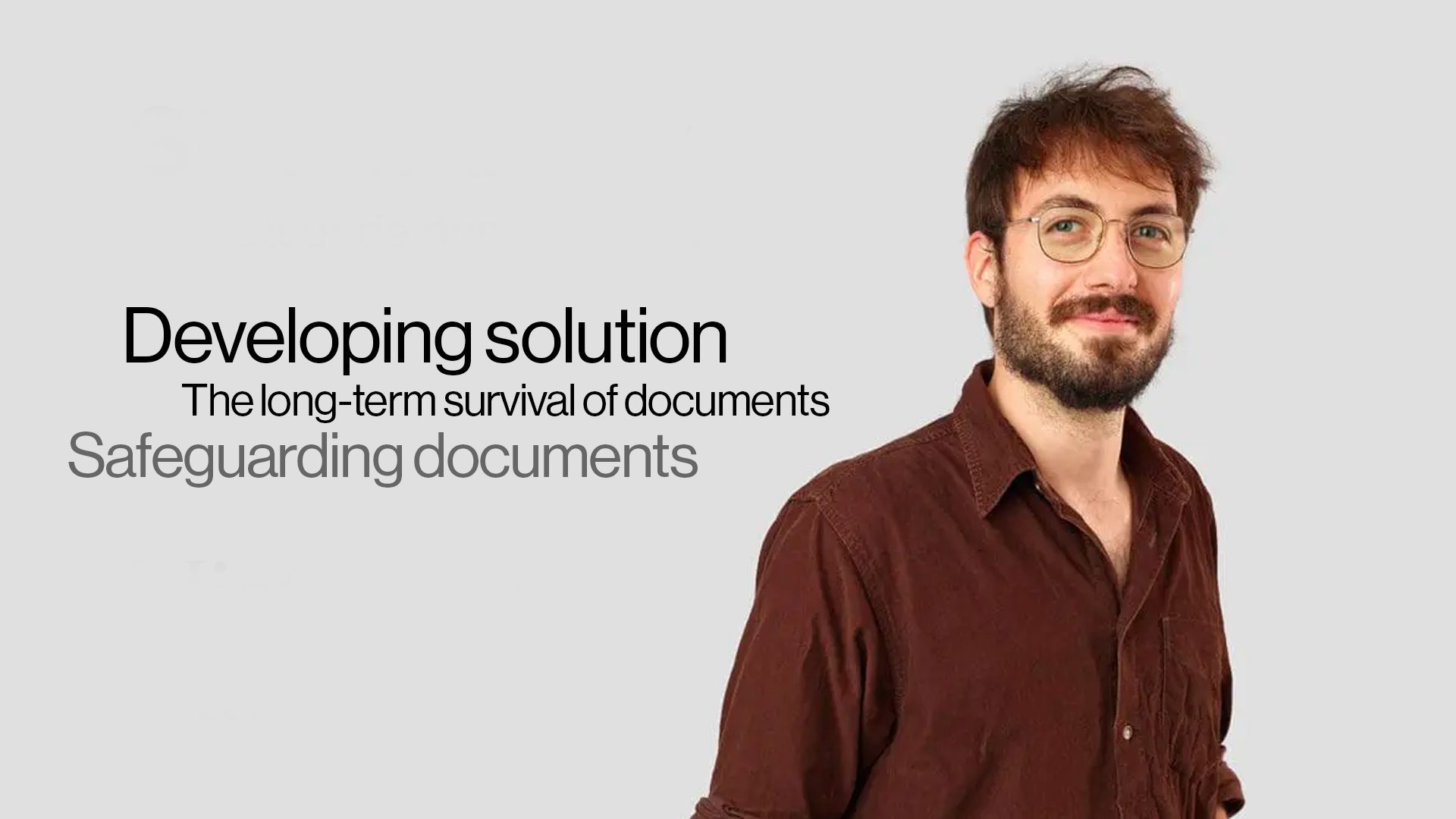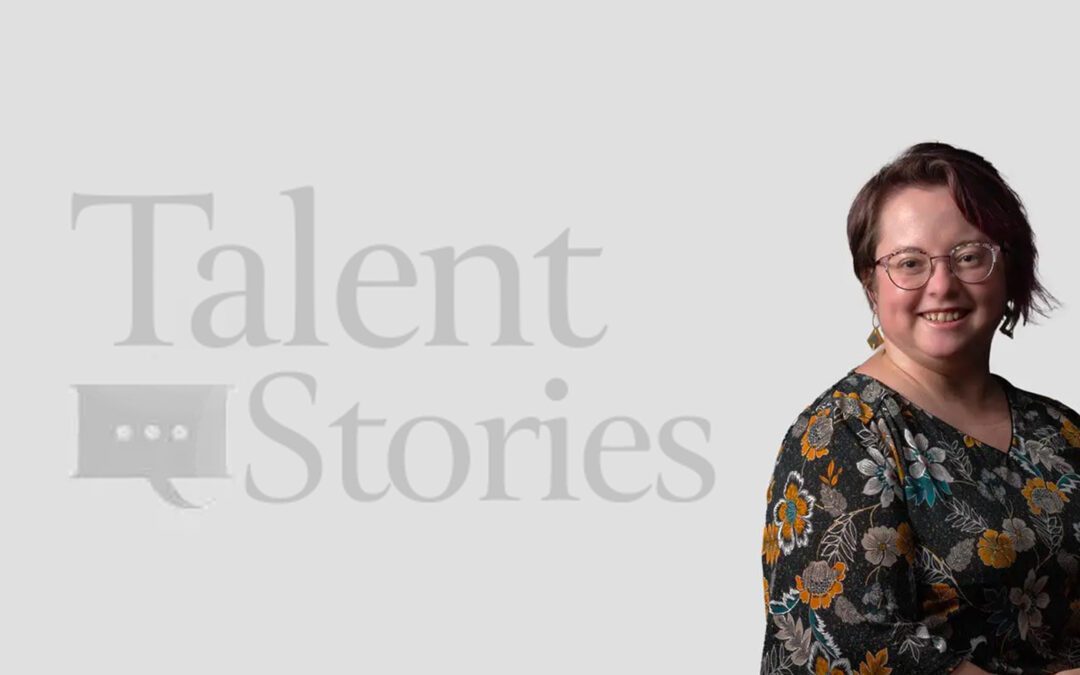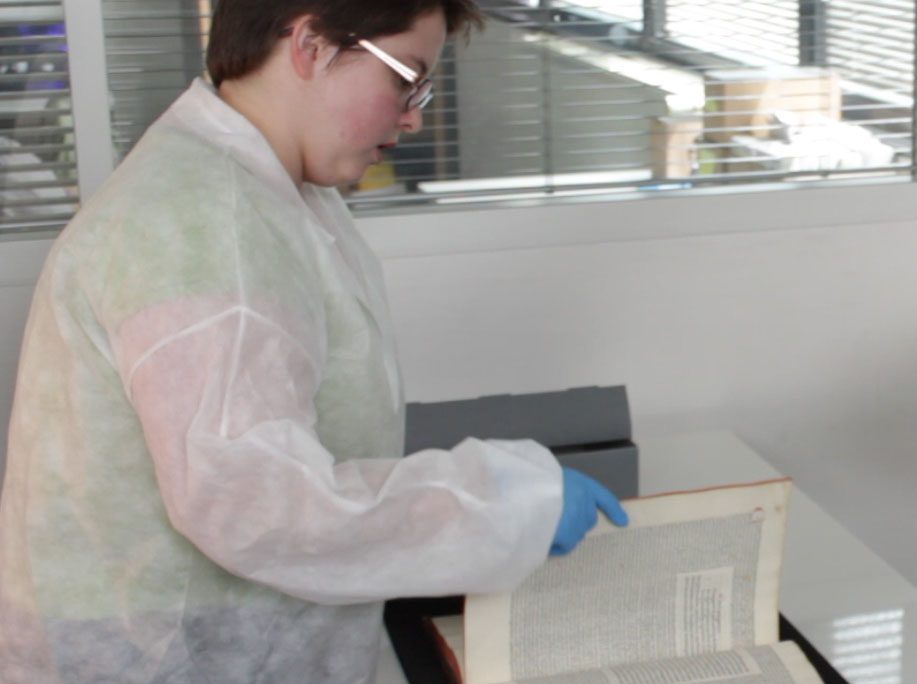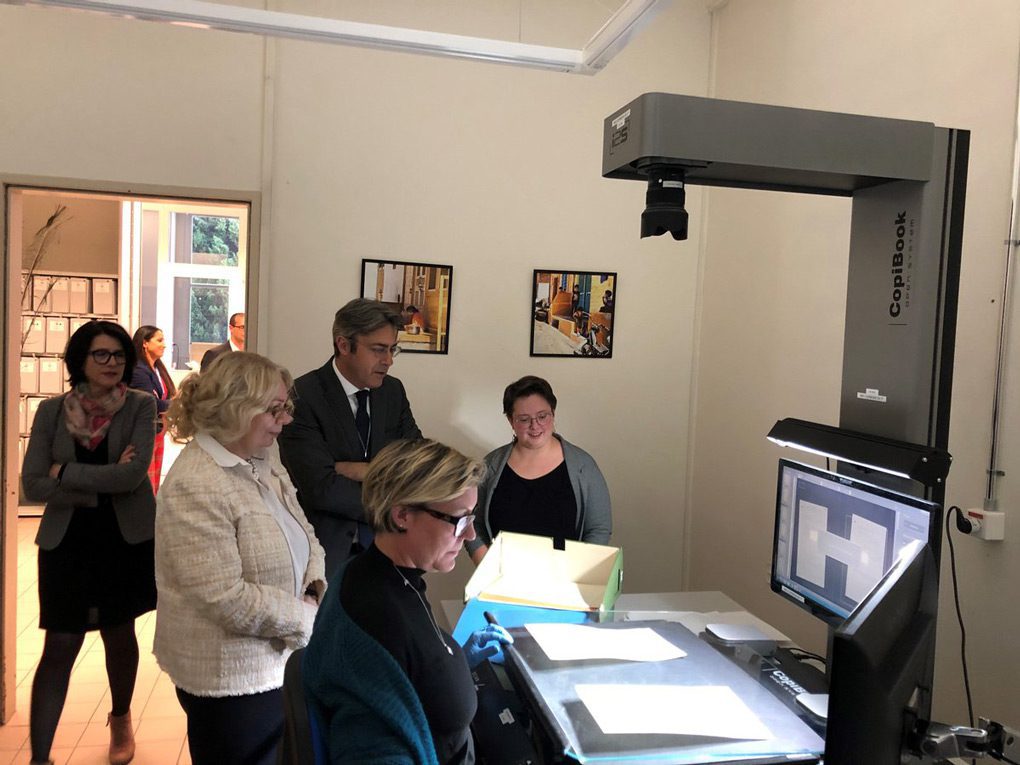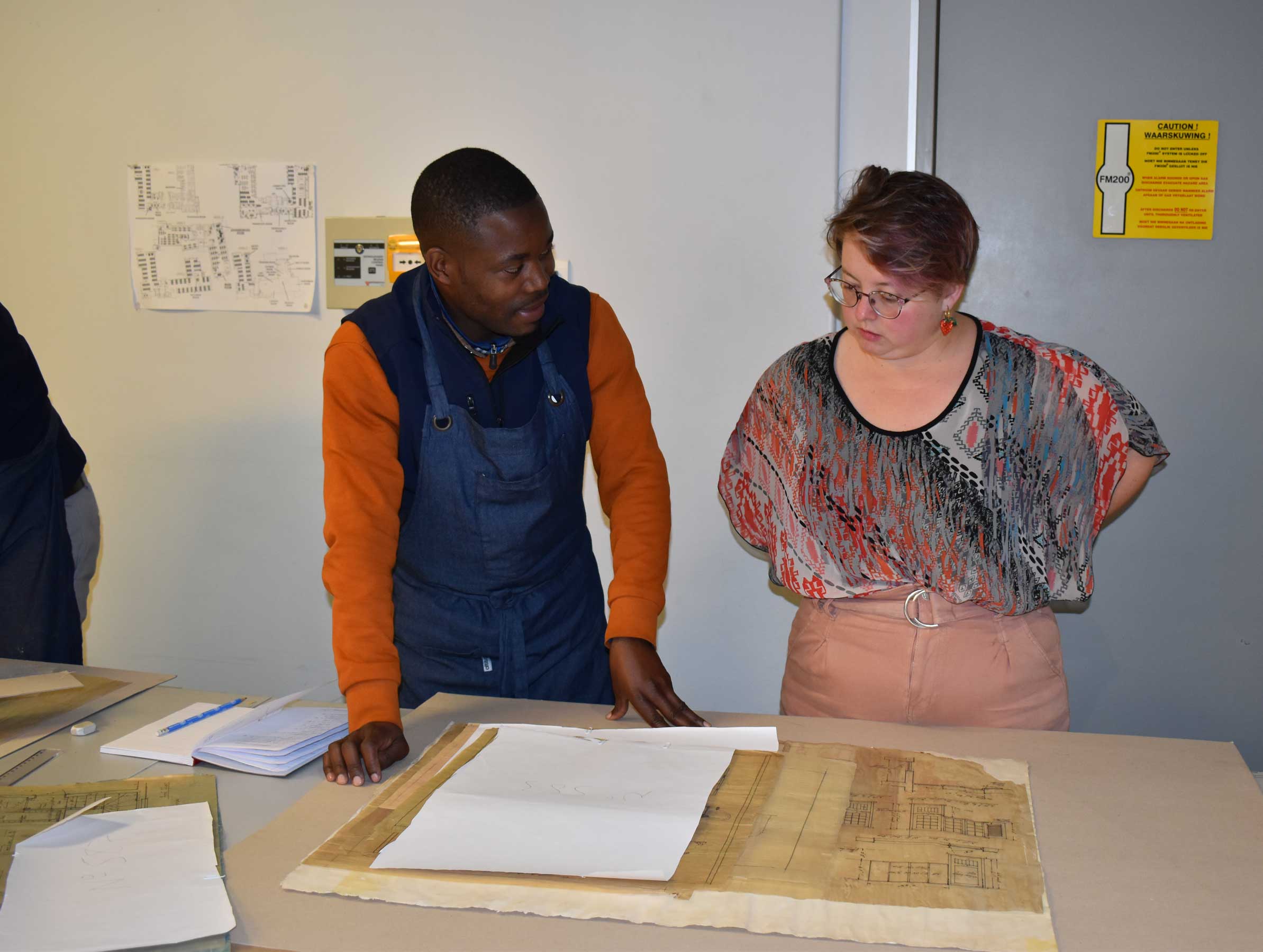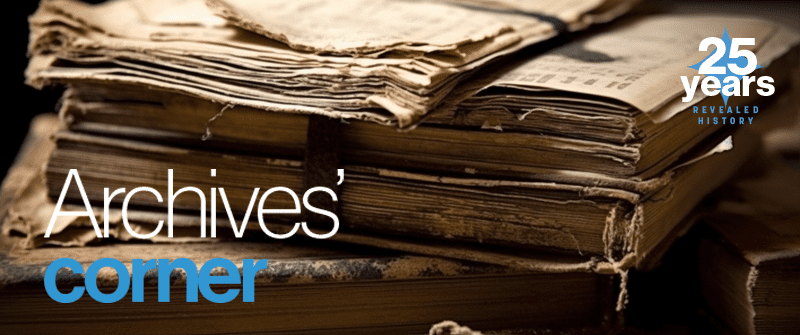MEMORIST, in partnership with its subsidiary Arkhênum, recently undertook a project for the Swiss foundation True Life in God. From analysing the foundation’s requirements to digitising its collections for hosting online, this large-scale project required end-to-end...
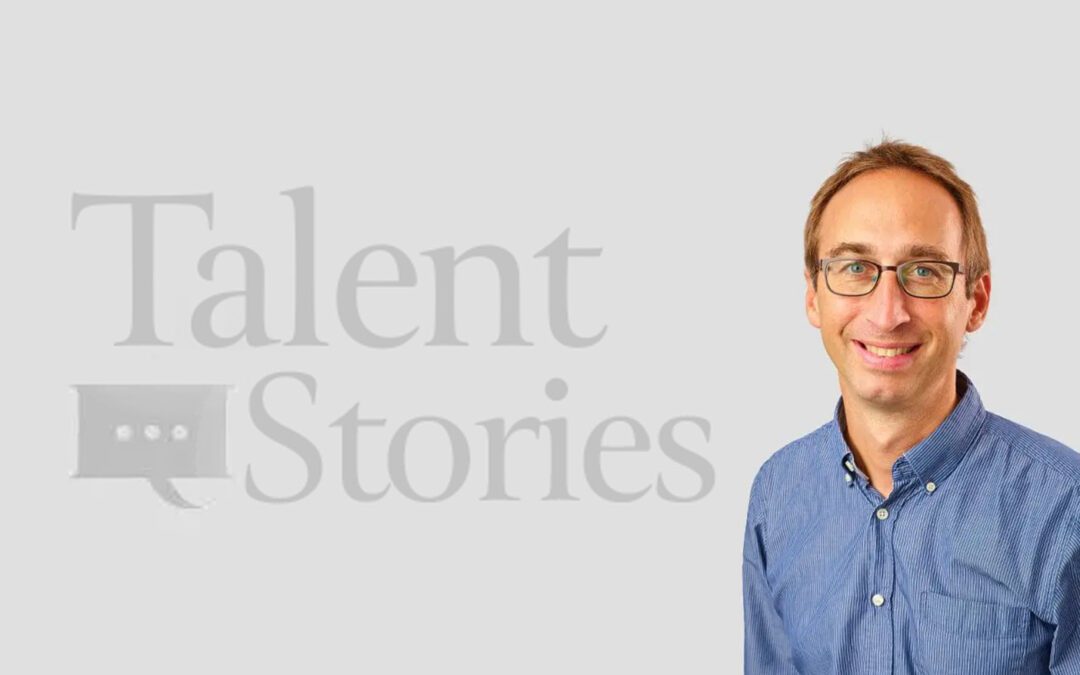

Talent Story No. 4
Talent Story No. 4


“Working towards something that is meaningful”
End-to-end support across the entire promotional chain
“This service, which ranges from auditing collections to exhibiting them online, means we can give our clients comprehensive solutions that are turnkey,” explains Emmanuel.


These digital libraries are home to all types of digitised media: newspapers from yesteryear, manuscripts, postcards, audiovisual collections, objects, and even 3D representations of historical monuments. “A digital library allows us to highlight the work we do with our clients. We can also easily configure who will have access: the general public or a restricted audience of researchers or employees.”
“Working on something meaningful”
Emmanuel sees his expanded role as a continuation of his career. After working extensively in new technology, he became an expert in websites and multimedia more generally. “And I’ve always worked in education or tourism,” he explains. As such, when he joined the Arkhênum adventure in 2013 it was simply the logical next step.
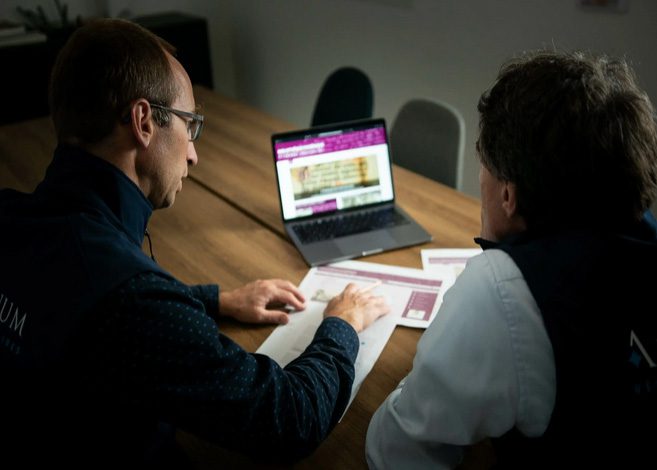

Emmanuel Fremau
Digital Library Manager
Making heritage visible
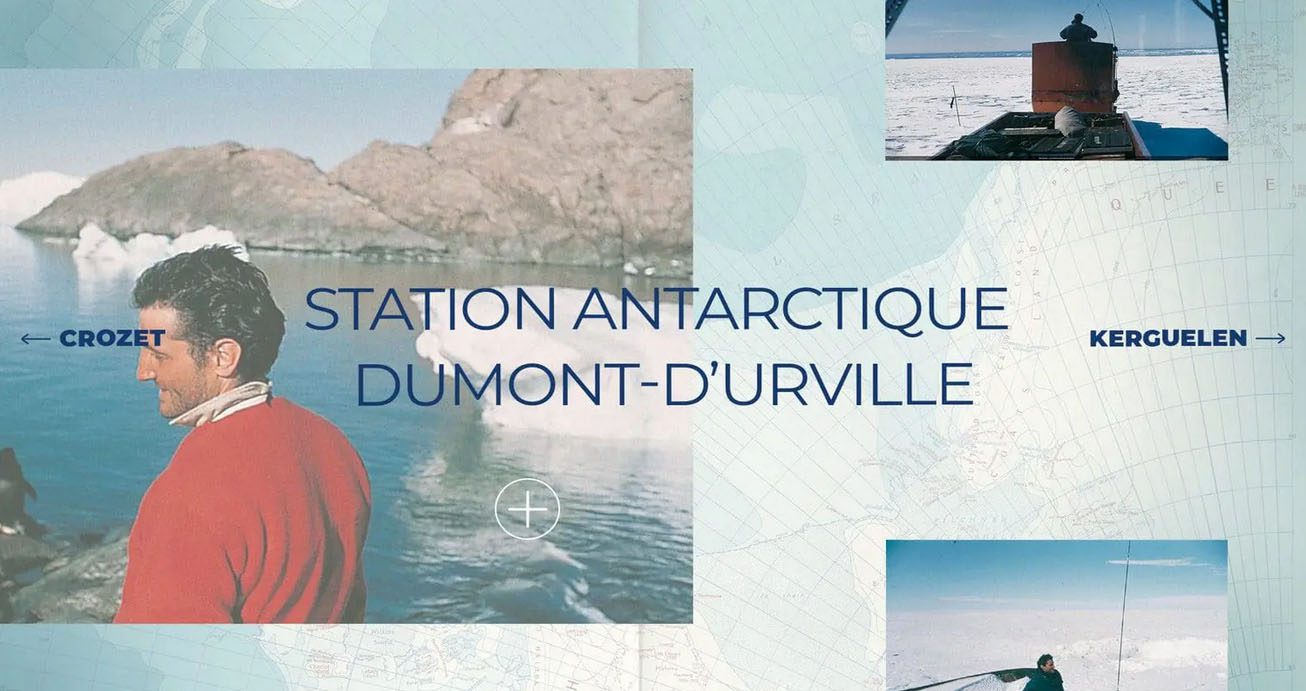

What motivates Emmanuel in his day-to-day work?


Every page turned is an archived story
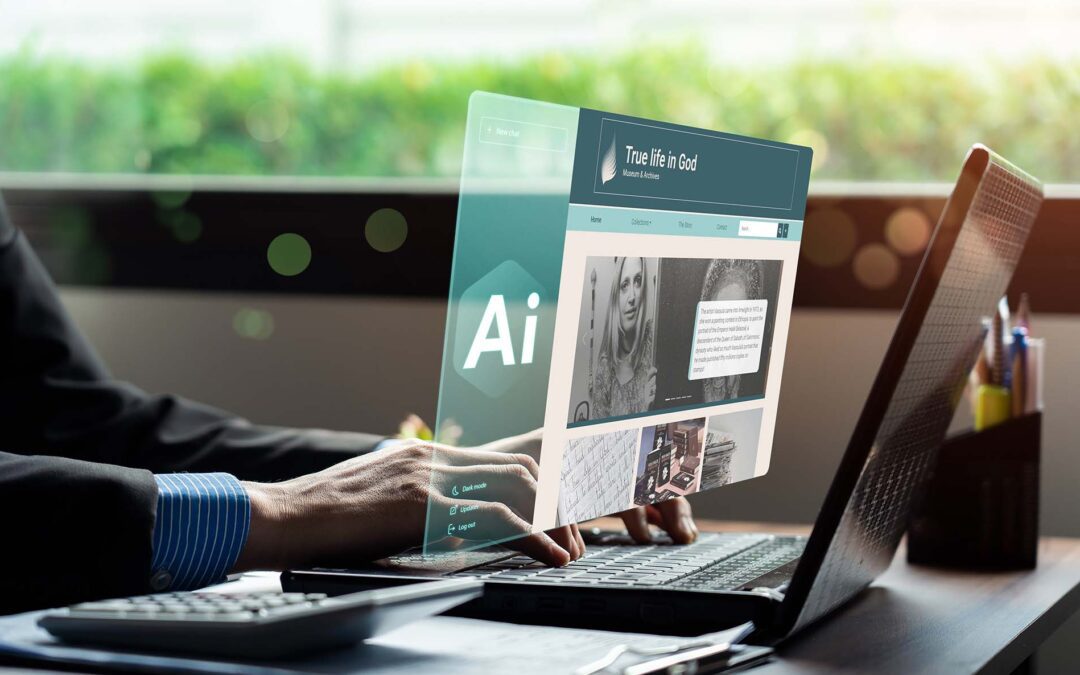





True Life in God: an AI-enhanced project






Talent Story No. 6
Talent Story No. 6“Sharing Arkhênum’s know-how and bringing culture to light”Laurent Bidet is a consultant in digitisation and heritage promotion, and sharing is in his DNA. Laurent joined Arkhênum in 2017 and today channels the company's expertise to international...
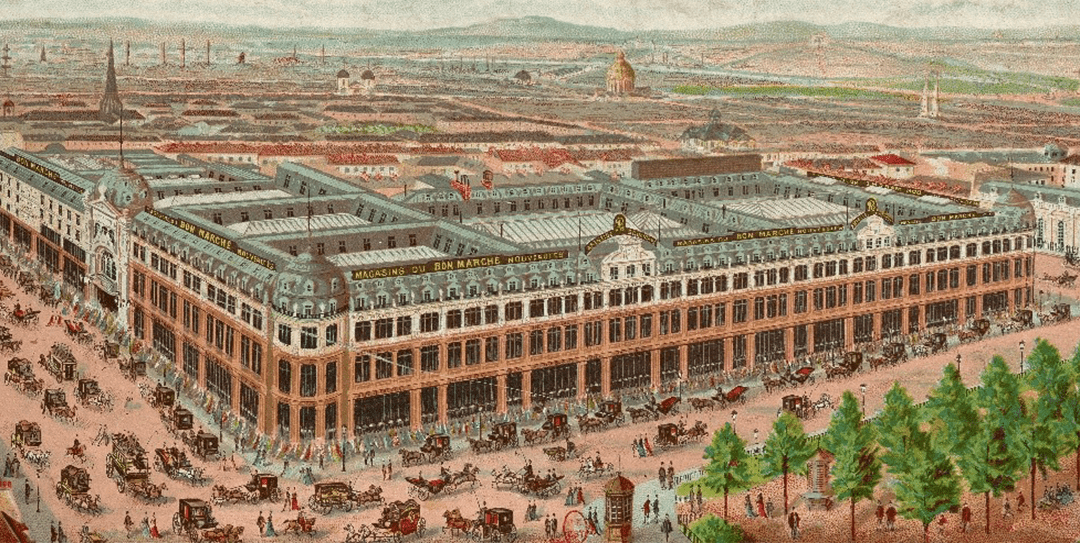





Bon Marché Rive Gauche: safeguarding the oral memory of the Parisian department store
09 April 2025Bon Marché Rive Gauche: safeguarding the oral memory of the Parisian department store© Bibliothèque Nationale de FranceClientBon Marché Rive GaucheExpertise implemented (Re)constitution of collections BACKGROUNDAristide and Marguerite Boucicaut founded...
 Audit et conseil en stratégie
Audit et conseil en stratégie